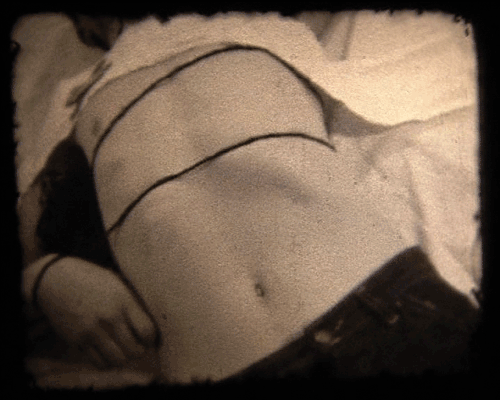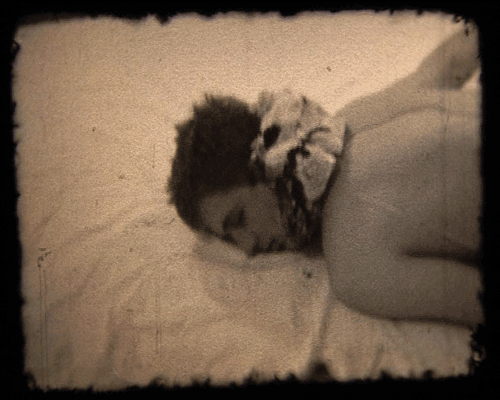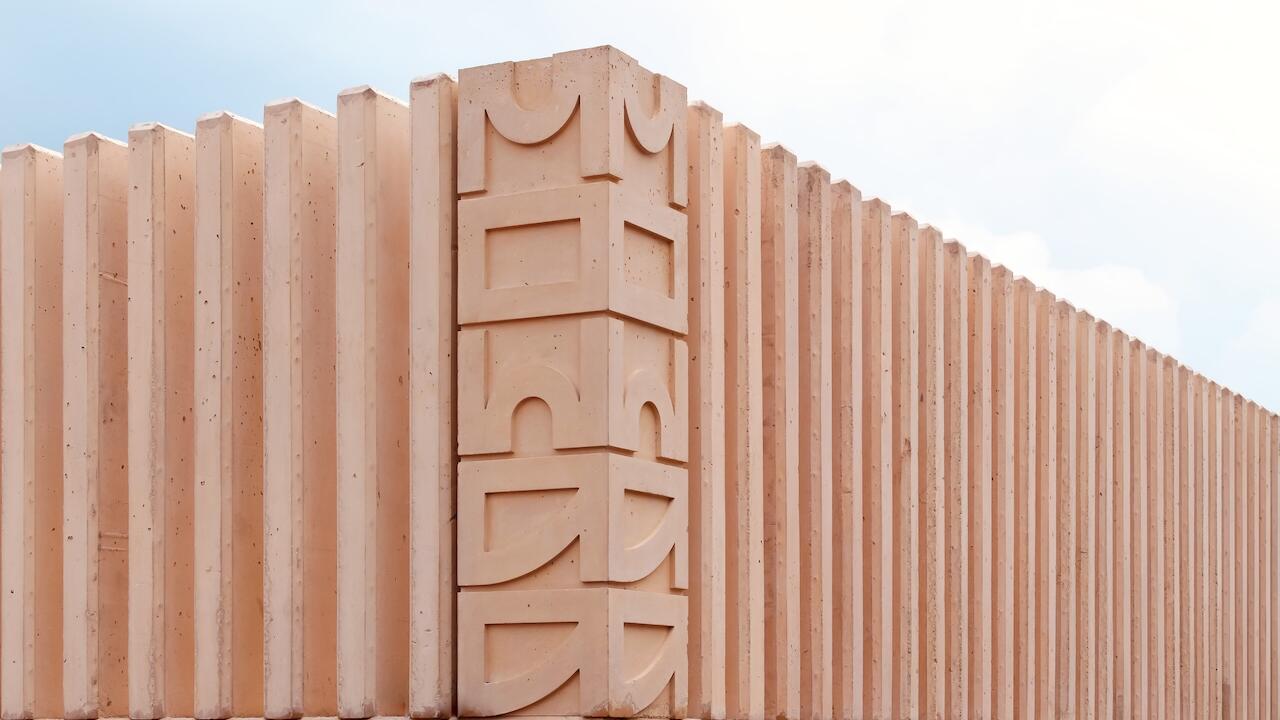Surveying the Wounds
A rediscovered film sheds new light on Rudolf Schwarzkogler and the Vienna Actionists
A rediscovered film sheds new light on Rudolf Schwarzkogler and the Vienna Actionists

Rudolf Schwarzkogler, the quietest and most reserved of Viennese Actionism’s big four, is surrounded by myths on account of his early death in 1969. In 1971, Otto Muehl and Günter Brus announced almost simultaneously the end of their Actionist period, citing grounds of inner artistic logic; from early on, Hermann Nitsch saw his orgiastic mystery plays as a fully scripted and staged ‘procession’, as a total art work. In Schwarzkogler’s case, it is harder to imagine how his artistic practice might have evolved. Would he have become the monk of an unwritten Conceptual Art somewhere between Suprematism, philosophy of language, Tantric yoga and psychoanalysis? Perhaps distantly related to developments that began to show up around the same time in the works of Lee Lozano and Paul Thek? Such speculations have been freshly fueled by the reappearance of a long-lost 8-mm film of Schwarzkogler’s 4. Aktion (4th Action) shot by Brus in late 1965. Transferred to DVD, it was shown for the first time in September 2011 at Galerie Guido W. Baudach in Berlin (in cooperation with Galerie Krinzinger in Vienna).
The film of 4. Aktion is a sensation fished from the waters of history. It contains the concentrated poetic mass of the language of objects and the male body as developed by Schwarzkogler. The film reel did not surface until the late 1990s, when the collector Philipp Konzett purchased Schwarzkogler’s estate from his partner, Edith Adam. Invited by the artist to be present at 4. Aktion, Brus quickly borrowed Muehl’s camera and brought it along. With Schwarzkogler’s consent, he filmed without being told what would happen or how to shoot it, with one exception: Brus recalls that Schwarzkogler did say that he was about to roll the papier-mâché ‘stone’ across the model Heinz Cibulka’s back and towards Cibulka’s head.

In contrast to the Viennese experimental filmmakers Kurt Kren and Peter Kubelka who used the single-frame technique to create a distancing effect, Brus remains close to the action being executed. While the photographs that Schwarzkogler himself commissioned focus conventionally on the head and shoulders, some shots in the film are centred on an ‘unusual’ detail like the chin or mouth. There are moments when Brus’s stuttering images – some with horizontal or vertical pans – are at odds with Schwarzkogler’s cool mise en scène, giving it a drunken dimension, an intoxicated and psychedelic shift, a melody of self-contained snapshots in tremulous states. In one scene, Cibulka is instructed to try breathing like a stranded fish. A net is gradually drawn over his back. Dangling plugs and stones in slings. Decadent rituals. The fish has become flesh. Phallus and fertility symbol. Birth and cutting the chord. A witch’s hand, the oracle of earthly vapours. In waking dreams, a diagonal transposition of myths. Eros and punishment. Oedipal melancholy. Rigid cantatas on closed eyelids. Cowering and faltering. Suspended and overstretched. In this scandal of solitude: the head of a decapitated man. The Greek youth, and the embalmed corpse being prepared for its journey to the kingdom of the dead. Egyptian mythology and the Lazarus impulse.

Unlike the photographs taken of Schwarzkogler’s actions, this film clearly shows the environment the artist created for his performances. The boundless white setting removes all spatial points of reference, creating a ‘non-space’ cited by both Brus and Schwarzkogler as the point of departure for their actions. This non-space also highlights Schwarzkogler’s roots in the legacy of forebears like Kazimir Malevich and Yves Klein, seekers of abstraction and metaphysics in art. In his own actions, Brus was director and performer in one. Subjecting his own body to experiments, he followed a strict and messianic impulse, addressing the repressed themes and dark depths of existence. By contrast, Schwarzkogler’s work resonates with varying degrees of the victim-perpetrator relationship: he is a nurse, doctor, sadistic torturer, high priest, healer and, in the broadest sense, shaman. His first action Hochzeit (Wedding, February 1965) recalls a kind of inverted ritual. In place of socially useful formulas of conjoining –exchange of rings, vows of faithfulness and so forth – he evokes images of defilement (with the ‘clean’ colour blue) and separation, injury and evisceration, torture and death.

While the other Actionists were committed to excess, to unknown and unconscious mental drives and to ecstasy, Schwarzkogler concentrated on ‘single-frame montage’ in the medium of photography. At the same time, he created sculptural events. Rather than using animals and their bodily fluids (blood, urine) as Nitsch did, Schwarzkogler makes mostly chemical substances and symbolic electric currents flow; he lights fires and dazzles with black mirrors. His instruments are deceleration and stasis to the point of total ossification or capital punishment. The frozen statue, pain in sculptural form. In this vision, resuscitation and a new beginning for the purified creature are a hope and a Utopia. Not until his final 6. Aktion (6th Action) did Schwarzkogler act as his own model. It’s logical that this action ends up dramatizing a process of healing and resurrection.
In his subsequent work, consisting exclusively of drawings, texts and instructions, Schwarzkogler was interested in generating reality through language, in the sense of an extension of Wittgenstein’s philosophy, aiming purely for ‘art as life ritual’. Many of his drawings reveal similarities with works by Joseph Beuys and Blinky Palermo, artists with whom he also shares the idea of art as a healing force. In this light, the rediscovered film reaffirms that Schwarzkogler, whose bisexual desires were unable to flourish in the bigoted petit-bourgeois atmosphere of his native Vienna, left behind an oeuvre of substance and intensity.
Translated by Nicholas Grindell














